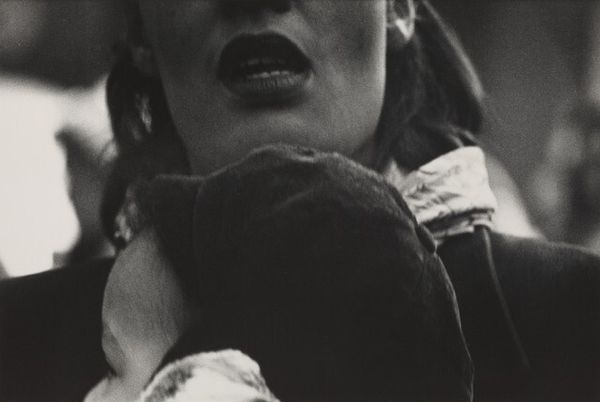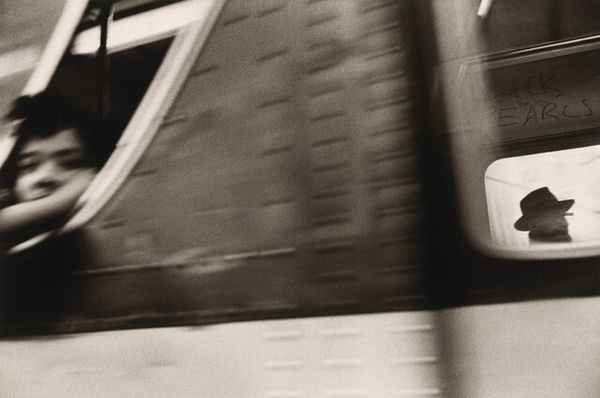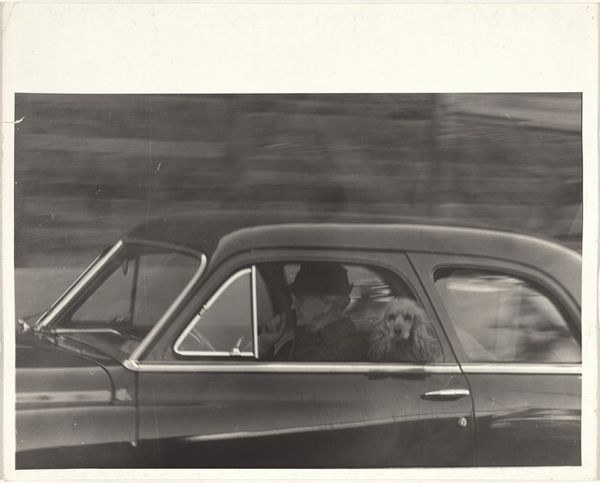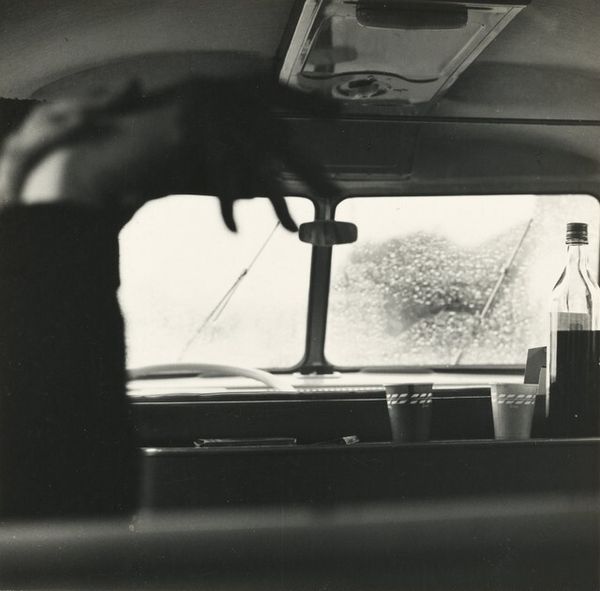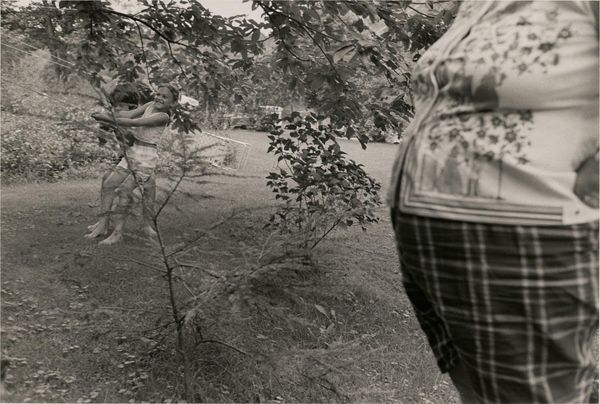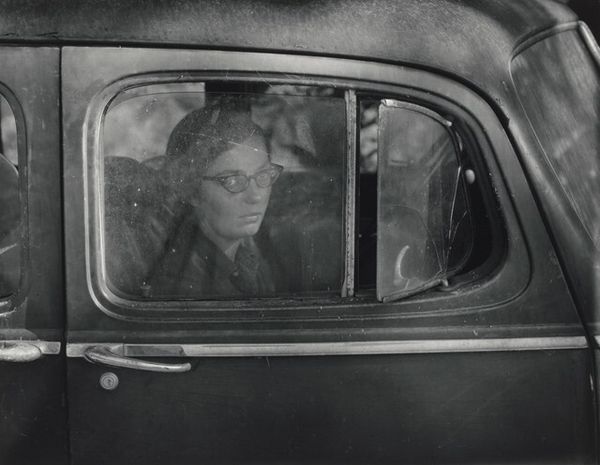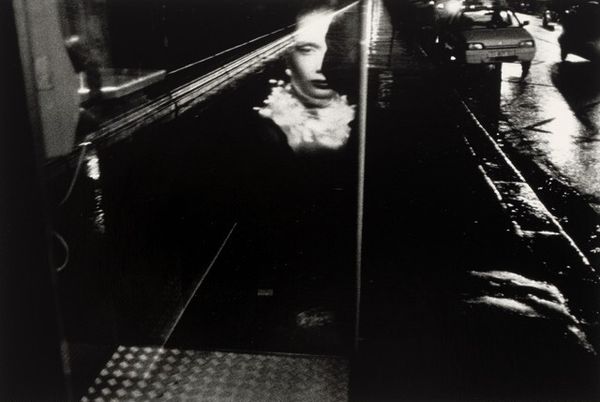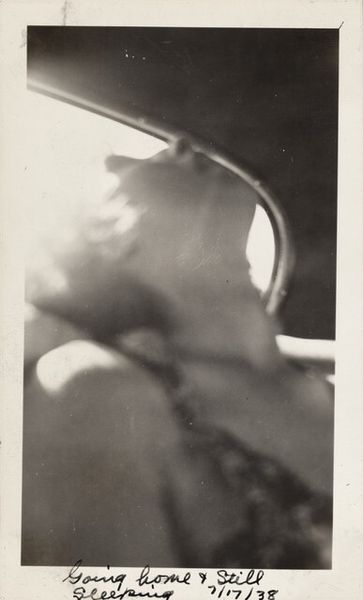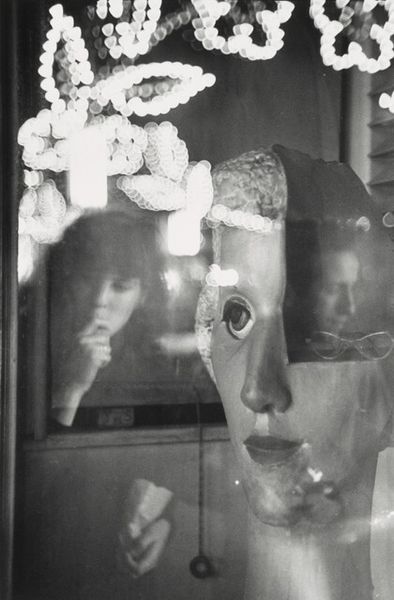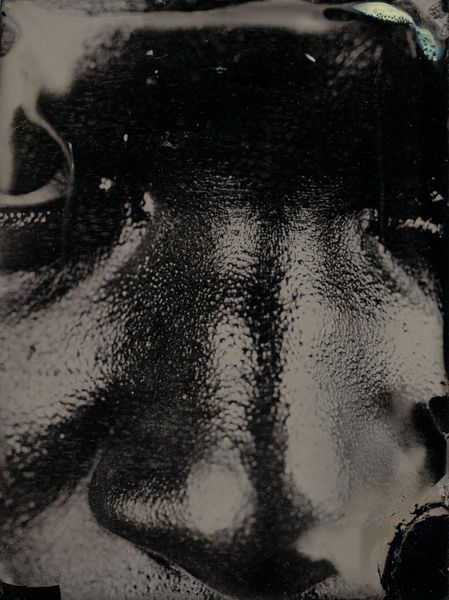
photography
#
portrait
#
appropriation
#
photography
#
famous-people
#
photojournalism
#
underpainting
#
edgy portrait
#
pop-art
#
human
#
art figure photography
Copyright: Richard Hamilton,Fair Use
Editor: So here we have Richard Hamilton’s "Swingeing London 67" from 1969, at the Tate Modern. The piece appears to be based on a photograph. There’s a rawness to it, a blurred quality. It feels less like a polished artwork and more like…evidence? What do you see in this work? Curator: I see a powerful commentary on the mechanics of celebrity and scandal. Note the grainy quality of the photograph itself – it isn't clean or crisp, but almost feels intercepted. Consider the means of its production: photography, a medium inherently tied to documentation, but here manipulated through silkscreen. Editor: Right, it’s like Hamilton is layering realities. Photography as document, but then transformed into Pop Art… it disrupts the truth-telling aspect. Curator: Precisely! How does the medium contribute to our understanding of the subjects – Mick Jagger and Robert Fraser? They are being moved to court after their drug charges. Editor: The handcuffs are such a blatant symbol, of course. And the way they obscure their faces…it removes their individuality. It seems that the work makes you think of how their identities became consumed by the press as well as legal systems. Curator: Think about the silkscreen process – a technique borrowed from commercial printing. It suggests mass production and consumption. What’s being consumed here? It's their reputation, certainly, isn't it? Hamilton isn’t just showing us the photograph, he's pointing to how the media machine grinds individuals down. Editor: I never thought of it that way, how the material and process underline the subject. Thank you. Curator: It highlights how artistry lies not only in the image itself, but in the careful consideration of materiality and the systems of power it exposes.
Comments
No comments
Be the first to comment and join the conversation on the ultimate creative platform.
